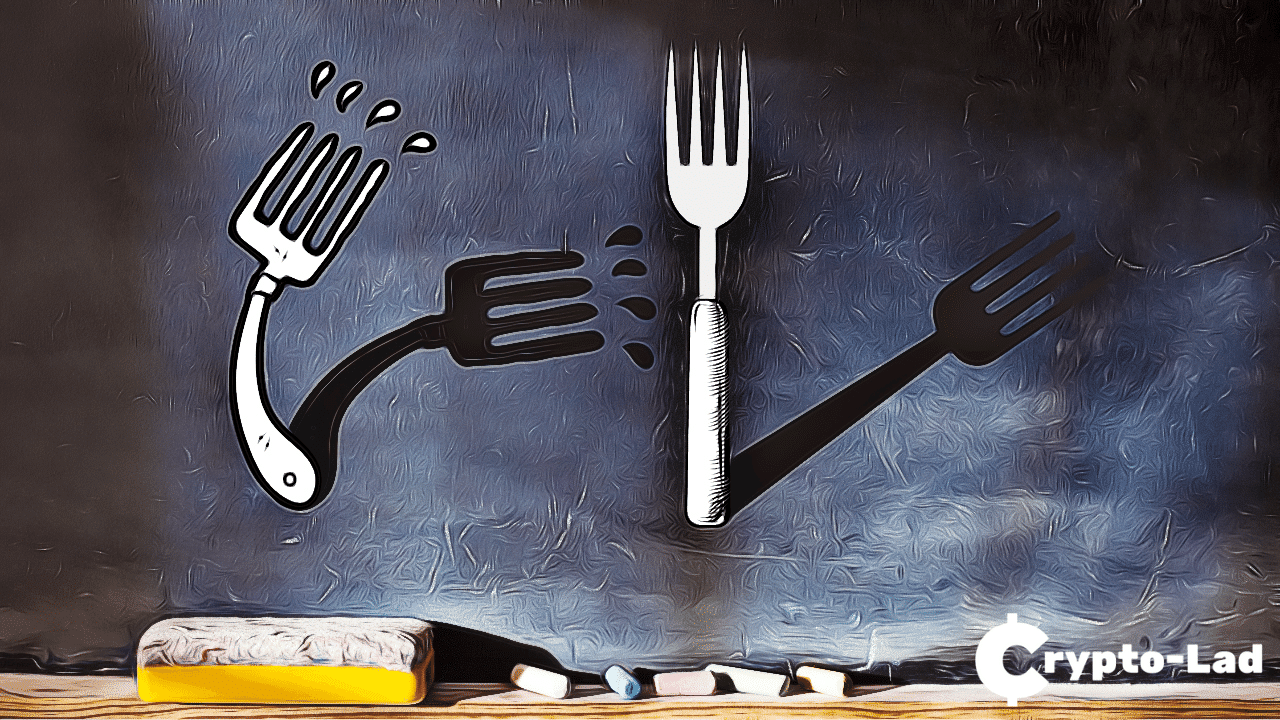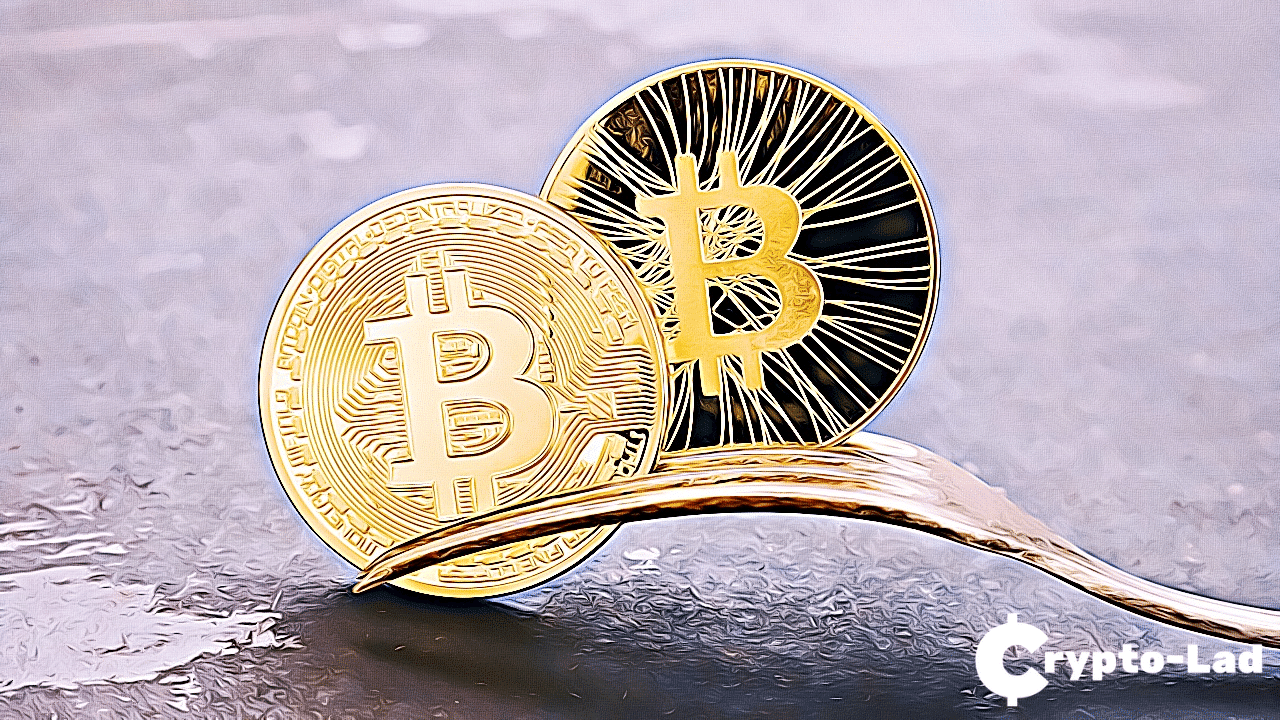Hard Fork vs. Soft Fork

If you are new to the cryptocurrency world, I’m sure you’ve come across the words hard fork and soft fork. And honestly, it can be a bit confusing. Thankfully, this article will help you understand what a fork is and the difference and similarities between hard and soft fork. So, let’s get started!
What is a Fork?

Typically, a fork is a result that occurs when the software of the blockchain is copied and modified to solve specific challenges in the original copy. More importantly, the actual code still lives on, but it’s separated from the new one. In addition to that, the new copy is different from the original one.
For instance, let’s say one part of the technical team of a company disagreed with the management. Instead of agreeing, the technical team decides to start their company similar to their previous employer’s company. That’s what happens when we talk about forks in the cryptocurrency network. A forked cryptocurrency blockchain leads to forming a new blockchain network with similar codes but with a bit of a twist in the new one.
Hard Fork vs. Soft Fork

There’s a lot of similarity between hard forks and soft forks despite their differences. With that in mind, let’s take a look at each of these forks so you can understand them better.
- Hard Fork
In simple terms, a hard fork is a permanent software update that’s not compatible with the previous version. The nodes of the earlier blockchain will no longer be accepted in the new block. As a result, the split ends up creating two different networks with different rules. That said, these two blockchains run parallel after the hard fork. For instance, bitcoin underwent a hard fork in 2017, which resulted in bitcoin and bitcoin cash.
- Soft Fork
The soft fork is a bit different. That’s because when it comes to a soft fork, the new blockchain is compatible with the previous version. In the soft fork, the most significant difference between these two blockchains is that there’s an additional rule adopted in the new block. However, that doesn’t mean that the new block will automatically disconnect from the previous one.
A good example is the SegWit (Segregated Witness), which happened just after the bitcoin cash split. The SegWit is an upgrade that changed the blocks and transaction formats. Years after the SegWit implementation, not all nodes have new updates.
Which is Better, Hard Fork vs. Soft Fork?
It isn’t straightforward to suggest that one of these two forks is better than the other. That’s because each fork-type has a different purpose when compared to the other. Hard fork divides the community, and when it’s planned, it could potentially allow freedom to modify the previous software. On the other hand, soft forks are considered gentler.
However, the soft fork is limited to what it can do since the new rules can’t conflict with the original ones. But if the upgrade uses the original rules and still completes the updates, then a soft fork will run smoothly.